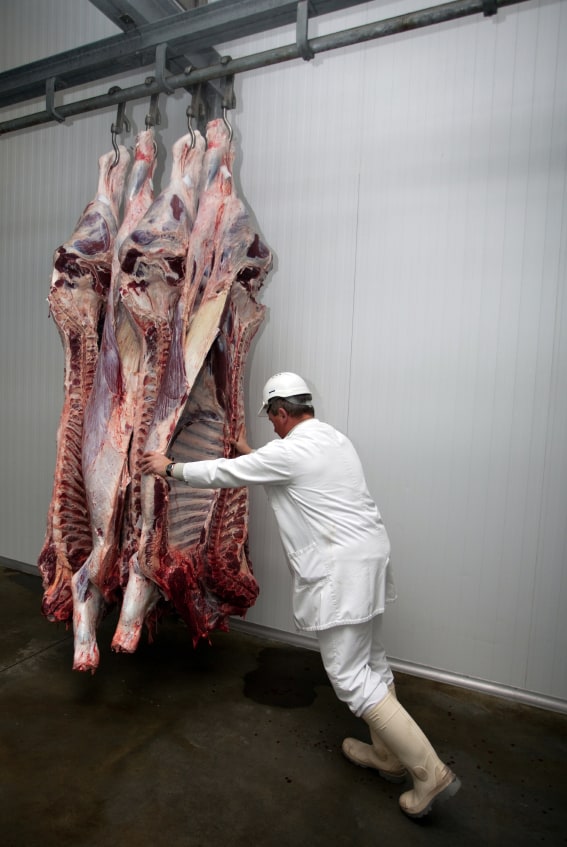SafetyAtWorkBlog reader Ken Malcolm submitted this comment in response to Yossi Berger’s article of 21 March 2011 but I think it warrants a post of its own:
It is often said two safety professionals never agree however I do agree SA law has been ineffective. However let me explain why I think this way.
I am in Victoria, in the business of making sustainable changes in the workplace. I am convinced that prescriptive legislation does not cut it when you want to improve safety, as Lord Robens recognised. All you get are thicker law books and people less willing to read them. In most businesses I consult to, they have a problem and the problem is quite simple. They have excellent systems but nobody is implementing or enforcing them; or the employees are just not following them. In many cases they have an eager OHS Manager with perfect sets of graphs and records; he or she is busily tracking failure. What they can’t do is drive a culture change. BTW, safety culture is what you get when the boss isn’t there.
The requirement to find hazards and manage them according to the unique circumstances of the work environment and of the persons within it, does affect culture if this process is supported by senior execs and fostered or encouraged properly. Laws that encourage that approach are desirable. With regards to getting tough, fear motivation does not achieve lasting change and with a normalisation of deviance, greater risks are tolerated by degree until people are climbing on safety rails to clean equipment 6 metres from the ground. Continue reading “Understanding people is understanding safety”



 The
The